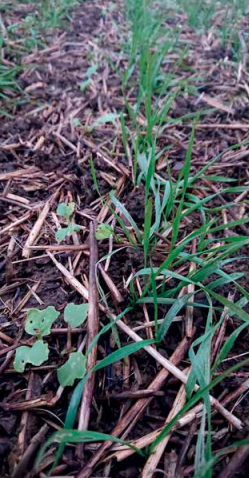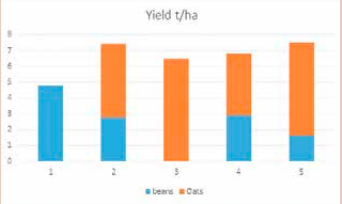
Well its been quite an autumn since I wrote my last article, most of it spent looking out of the window to see if it had stopped raining. We received 315mm of rain between the 23rd of September and the end of November. A huge amount of rain but in some ways we have been lucky compared to others. We did get a couple opportunities in October to plant cereals and we are drilled up, but it won’t all look pretty this year, an autumn to forget.

Recently from travelling around the countryside speaking at organized meetings, a couple of themes have emerged. Farms that have No-tilled or farms that have ploughed just in front of the drill have faired a lot better than min/max tilled farms. Their land has turned to porridge and been very difficult to get to once the rain started. It will be interesting to see the water quality results from this Autumn from Water Companies. Lots of bare ground, rutted fields and soil on the roads, it can’t be good. There really does need to be a rethink on getting systems more resilient to such extremes. Having cover crops or living mulches growing before harvest in all our crops needs to be direction we head. This will allow machinery to travel on wet fields and no bare soils even if a crop doesn’t get planted.
We have managed to plant our Companion Cropping trial with wheat. At the moment the radish as a companion looks the best along with beans but this could change by the spring. The aim of the companion is mainly to reduce aphid attack and scavenge Nitrogen, time will tell how successful they will be. Not much sprayer work has been done, we have managed to spray our earlier drilled wheat and barley with Manganese and Phosphate as we found last year these lighter soils prone to Manganese deficiency were also more prone to aphid attack. Hopefully pre-empting the deficiency will prevent aphid invasion this winter.
Out of our 3 intercropping trials this year two were a success. The linseed with an oat companion had better establishment and about a 20% yield increase over monoculture linseed. Our trial with PGRO comparing bean/oat intercrops mixtures with monocultures showed a financial benefit of around £260/ha before separation.

(Courtesy of PGRO)
Our attention now focusses on trial ideas for this coming spring. We have plenty of ideas in conjunction with PGRO and the team at ORC, the designing of them needs to take place soon as spring will be upon us before we know it!